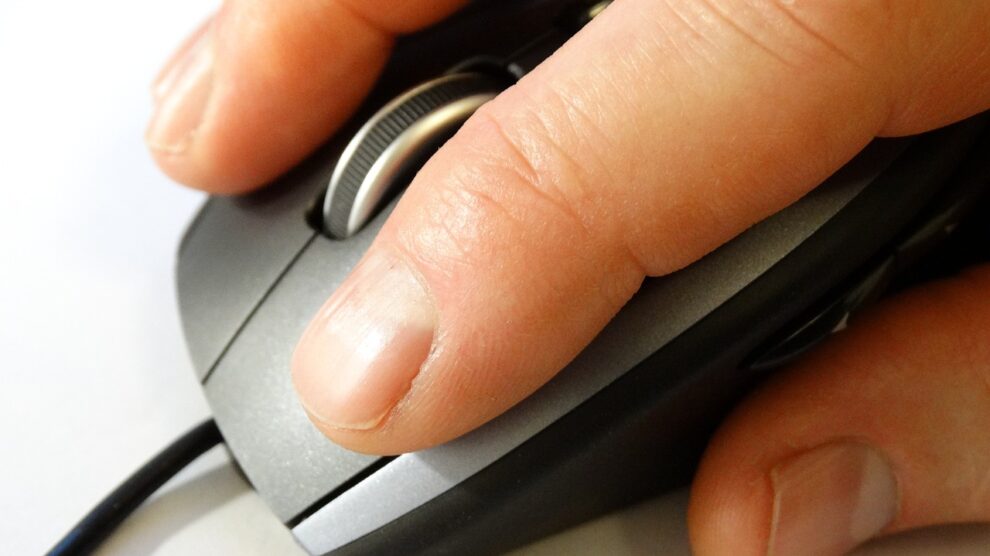Remember when we used to measure everything in digital marketing in clicks? Click rates, click-to-open rates, and cost per click are just a few of the metrics marketers swore by. We still do, but perhaps not for long.
Zero-click content is the norm: most social media platforms will take away precious organic reach if you dare to add a link in your post. So most users try that awful gimmick called “link in comments”. It makes things harder for everyone, the person who posts and those who read but we’re willing to o to extreme lengths for better reach, aren’t we?
Zero-click content is prevalent in the SEO world, as well. Featured snippets were introduced by Google in 2014, almost a decade ago. Much like social media platforms, Google too tries to limit the number of clicks.
You can now see the weather without clicking on a weather website or even convert feet to meters directly in Google. SparkToro has an excellent analysis on zero-click content and they are responsible for coining the term.
But their piece appeared before ChatGPT took the world by storm. Things are even murkier now.
The Rise of AI and the Fall of the Once-Mighty Click
More than two-thirds of Google searches end without a single click. But do you know which searches always end up with no clicks? AI searches.
As AI assistants help us browse through oceans of data, we no longer need to click. We’re all fundamentally lazy and when AI promises to cut our working time in half, we jump on board, accuracy and originality be damned.
For marketers, though, AI’s promise to simplify our work doesn’t really hold water.
Yes, it may take less time to produce content. You can use ChatGPT for as a cognitive labour assistant or as a helper in the ideation process. I wouldn’t recommend anything else because AI content is essentially plagiarism and it does not sit well with search engines.
In other words, AI commoditized content. When (mediocre) content is easy to churn out, marketers need to work extra hard on other things, like distribution and making sure that their content (which is ideally not mediocre) gets seen and read.
How to Thrive in a Zero-Click World
If you’ve been reading my column here for a while, you know I’ve always recommended building your house on your own digital land. Social media is borrowed land.
While you can still use links in your social media posts, use them to draw users to your own website – the asset you have full control over. Remember that you’ll never get a heads-up before a social media algorithm turns against you.
Next, use less gated content and offer more upfront value. If you create a whitepaper or an eBook, make sure it’s worth downloading. It has to be 100% original work, a research report, or something similar.
Lastly, go back to the classics: email is still the best marketing channel in terms of ROI. Better yet, you have complete control over who sees what you send. You own your audience even when you decide to change platforms. I use Kit to send emails to my subscribers because I think they have the sturdiest, easiest to use platform, but you can choose any other one – there are tons of them out there!
You can always change your email services provider without losing your audience but you can’t switch from Instagram to LinkedIn and still keep your followers.
Final Thoughts
While a zero-click world may sound like the end of an era (and it might be!), for savvy marketers it’s just a re-adjustment. The principles stay the same, only the channels we use and the way we approach them change.
It is, however, important to mind the context. You can’t rely on a social media platform for the bulk of your leads, for instance.
If you need more insights into what the future holds in store and which marketing and business trends you should prepare for, subscribe to my newsletter, Ideas to Power Your Future. My subscribers say my analyses are “worth paying for”. I send them for free, though, every Thursday. See you in your inbox!





